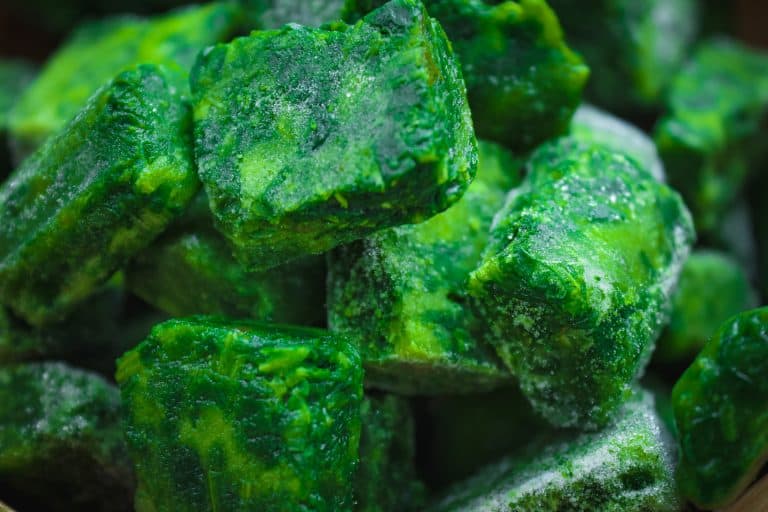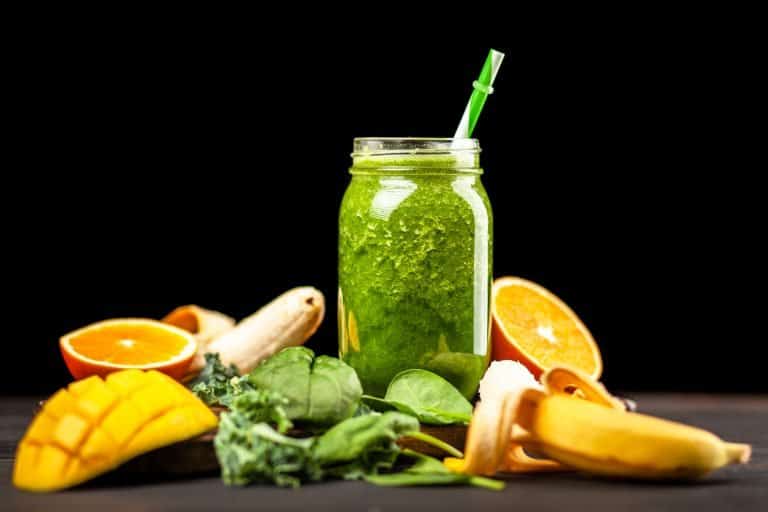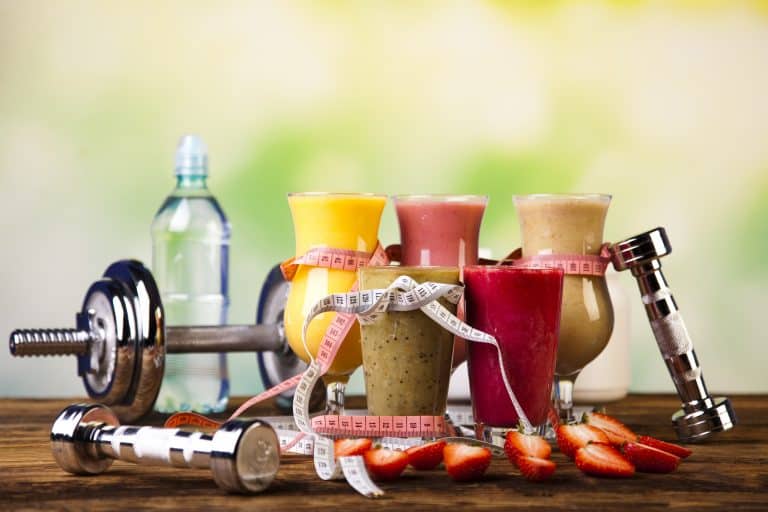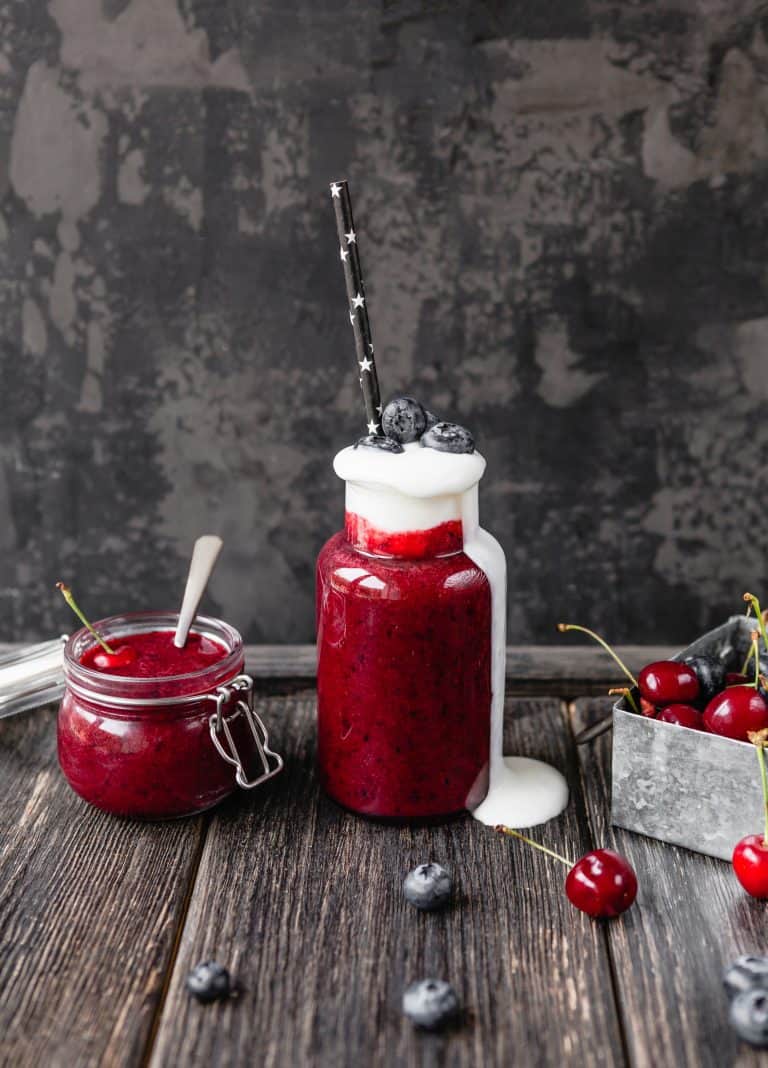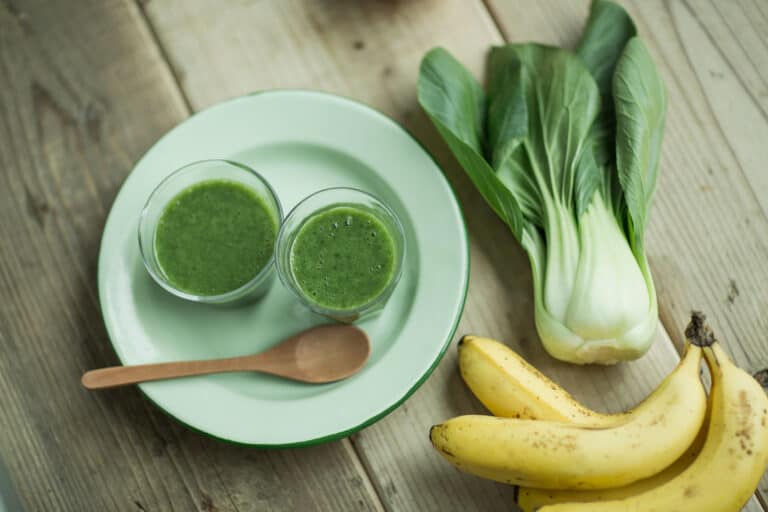The Best Smoothie Bases for Every Smoothie
Disclosure: This post may contain affiliate links, meaning I get a commission if you decide to make a purchase through my links, at no cost to you.
Welcome to my world of smoothies, where we explore the magic of blending fruits, vegetables, and a variety of other ingredients into delicious, nourishing drinks. Today, we’re diving into the heart of every smoothie – the smoothie bases. As a mom who has been crafting and enjoying smoothies daily, I’ve discovered that the base you choose can make or break your smoothie experience.
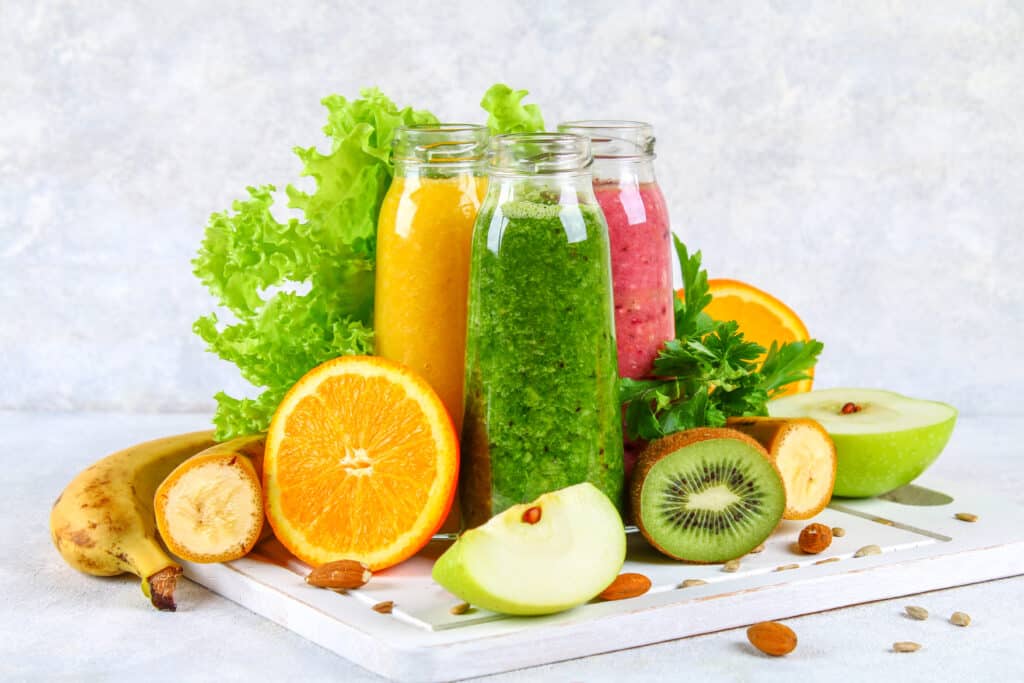
I’ve written over 100 smoothie recipes, each with its unique blend of flavors and nutrients. My journey with smoothies began as a personal mission to lose weight and lead a healthier lifestyle. But it quickly turned into a family affair when I realized how much my four young sons enjoyed these vibrant, tasty concoctions.
Smoothies have become a fun and easy way to ensure they get their daily dose of fruits, vegetables, and other essential nutrients. But the secret to a great smoothie lies in choosing the right base. So, let’s explore the world of smoothie bases together and discover how they can transform your smoothie game.
Understanding Smoothie Bases
What is a Smoothie Base?
A smoothie base is the liquid foundation of your smoothie. It’s the first ingredient you add to your blender and it plays a crucial role in determining the consistency and flavor of your smoothie. The base you choose can turn your smoothie into a creamy delight, a refreshing beverage, or a protein-packed meal replacement.
The Role of a Smoothie Base in a Smoothie Recipe
The base of your smoothie serves several important functions. First, it helps blend the ingredients together, creating a smooth, drinkable texture. Whether you’re using fresh fruit, frozen fruit, leafy greens, or protein powder, the right base will ensure everything combines perfectly.
Second, the base contributes to the flavor of your smoothie. A base like almond milk or coconut milk can add a creamy, rich taste, while a base like apple juice or orange juice can add a sweet, fruity flavor. Even water, the simplest of all smoothie bases, can let the natural flavors of your other ingredients shine through.
Finally, the base can add nutritional value to your smoothie. Many bases are rich in essential nutrients. For example, milk provides protein and calcium, while fruit juices are often high in vitamins and antioxidants.
Factors to Consider When Choosing a Smoothie Base
When choosing a smoothie base, consider the flavor and texture you want your smoothie to have. Do you want it to be creamy and rich? Light and refreshing? Thick enough to eat with a spoon in a smoothie bowl? Your base will play a big role in achieving these characteristics.
Next, consider the nutritional content of the base. If you’re making a post-workout smoothie, you might want a base high in protein, like Greek yogurt or soy milk. If you’re making a low-calorie smoothie, you might opt for a base with fewer calories, like unsweetened almond milk or coconut water.
Finally, consider the other ingredients you’ll be using. Some bases pair better with certain ingredients than others. For example, coffee as a base pairs well with banana, chocolate, and nut butter, while it might not work as well with certain fruits like pineapple or strawberry.
Choosing the right smoothie base is an art, and it’s one of the reasons I love making smoothies. It allows for creativity and customization, ensuring you end up with a smoothie that’s perfectly suited to your tastes and nutritional needs.

Water
Benefits and drawbacks
Water is a calorie-free and sugar-free option for a smoothie base. It’s also easily accessible and can help to hydrate your body. However, it may not provide as much creaminess or flavor as other bases.
Best ingredients to pair with
Water pairs well with almost any ingredient, but it’s especially good with citrus fruits, greens, and herbs for a refreshing, light smoothie.
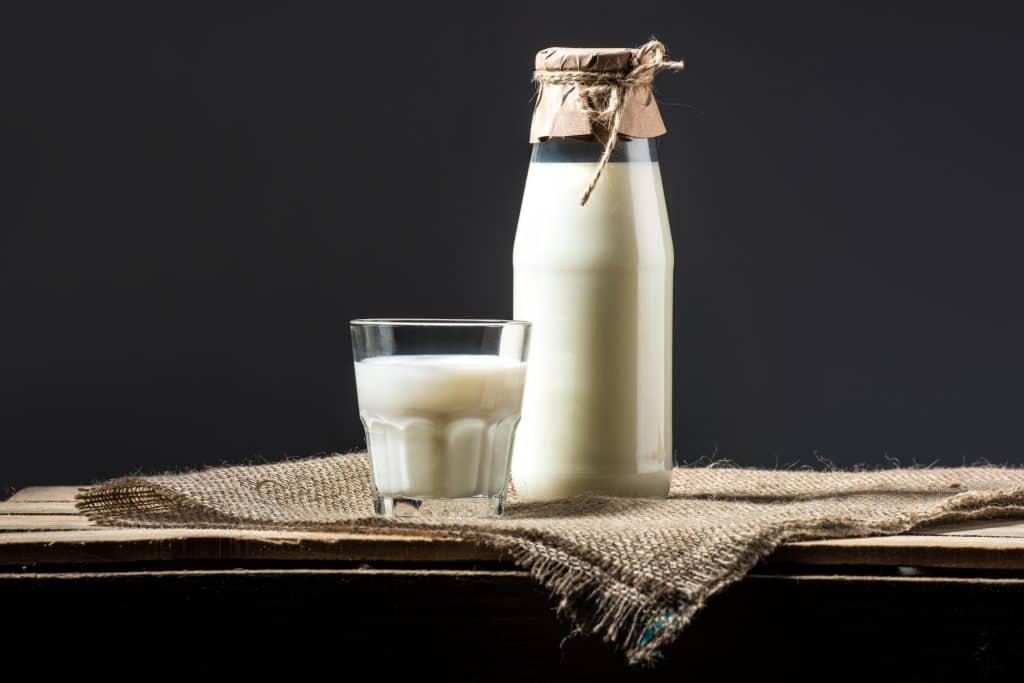
Milk (Dairy)
Benefits and drawbacks
Milk adds a creamy texture to smoothies and provides protein, calcium, and vitamin D. However, it contains lactose, which some people are intolerant to, and it can add extra calories.
Best ingredients to pair with
Milk pairs well with most fruits, especially berries, and is great for making protein-packed smoothies with ingredients like peanut butter or protein powder.

Almond Milk
Benefits and drawbacks
Almond milk is a low-calorie, dairy-free option that’s high in vitamin E. However, it’s not as high in protein as dairy milk, and some brands contain added sugars.
Best ingredients to pair with
Almond milk pairs well with a variety of fruits, nuts, and seeds, and it’s great for making vegan or paleo smoothies.
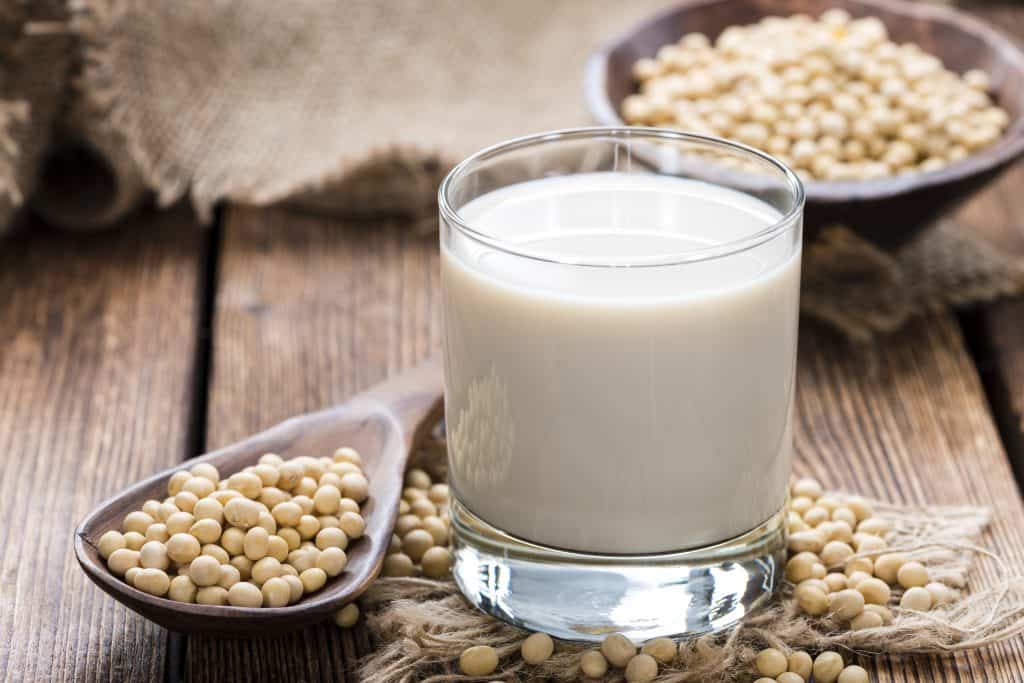
Soy Milk
Benefits and drawbacks
Soy milk is a plant-based milk that’s high in protein and fortified with vitamins and minerals. However, some people may be allergic to soy, and there’s ongoing debate about the health effects of consuming too much soy.
Best ingredients to pair with
Soy milk pairs well with a variety of fruits, especially tropical ones like pineapple and mango, and it’s great for making vegan protein smoothies.
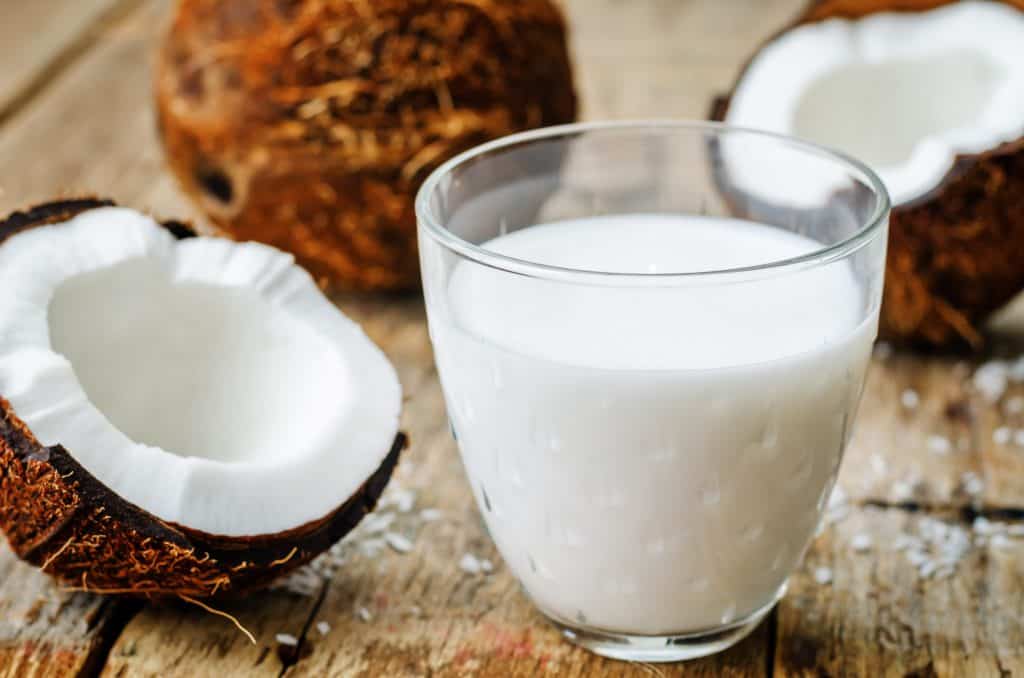
Coconut Milk
Benefits and drawbacks
Coconut milk is a creamy, dairy-free option that’s high in healthy fats, particularly medium-chain triglycerides (MCTs) which are known for their energy-boosting properties. However, it’s also high in calories and saturated fats, so it should be used in moderation.
Best ingredients to pair with
Coconut milk pairs well with tropical fruits like pineapple, mango, and papaya. It’s also great with cacao for a chocolatey smoothie or with spices like turmeric or cinnamon.
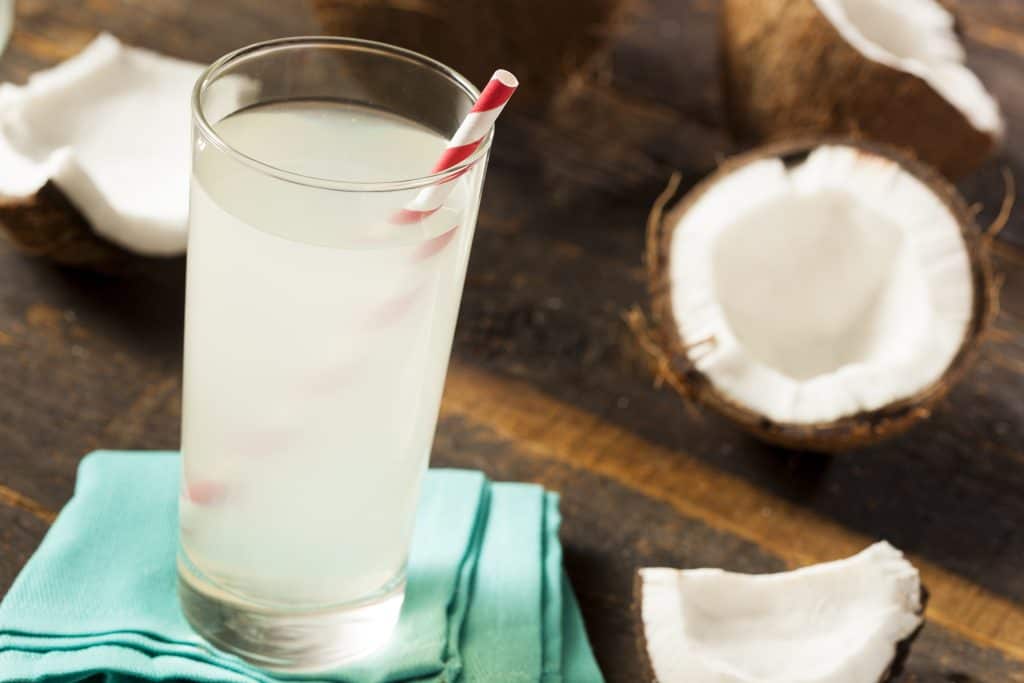
Coconut Water
Benefits and drawbacks
Coconut water is a hydrating, low-calorie base that’s high in electrolytes, making it a great post-workout option. However, it’s not as creamy as other bases and some people may not enjoy its distinct flavor.
Best ingredients to pair with
Coconut water pairs well with almost any fruit, but it’s especially good with tropical fruits and citrus. It also works well with greens for a hydrating, nutrient-packed smoothie.
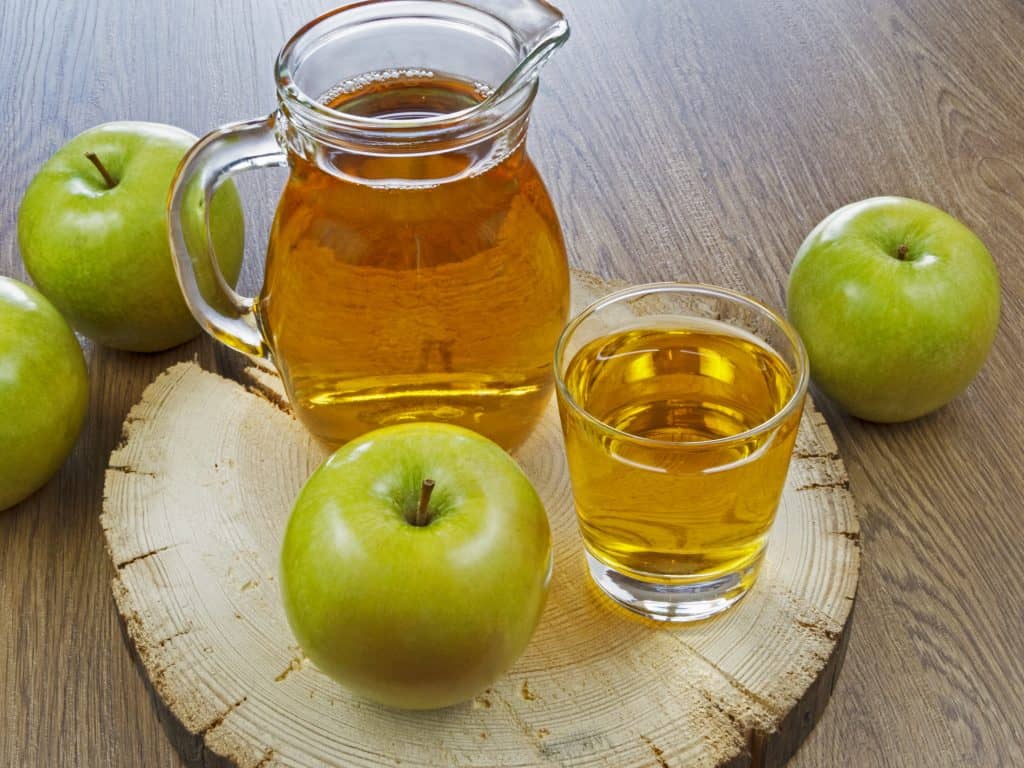
Fruit Juice
Benefits and drawbacks
Fruit juice can add a lot of flavor and sweetness to your smoothie, as well as some vitamins and minerals. However, it’s often high in sugar and can be high in calories, especially if it’s not 100% fruit juice.
Best ingredients to pair with
Fruit juice pairs well with a variety of fruits, especially those that complement the flavor of the juice. For example, orange juice works well with strawberries and bananas, while apple juice pairs well with spinach and kale.
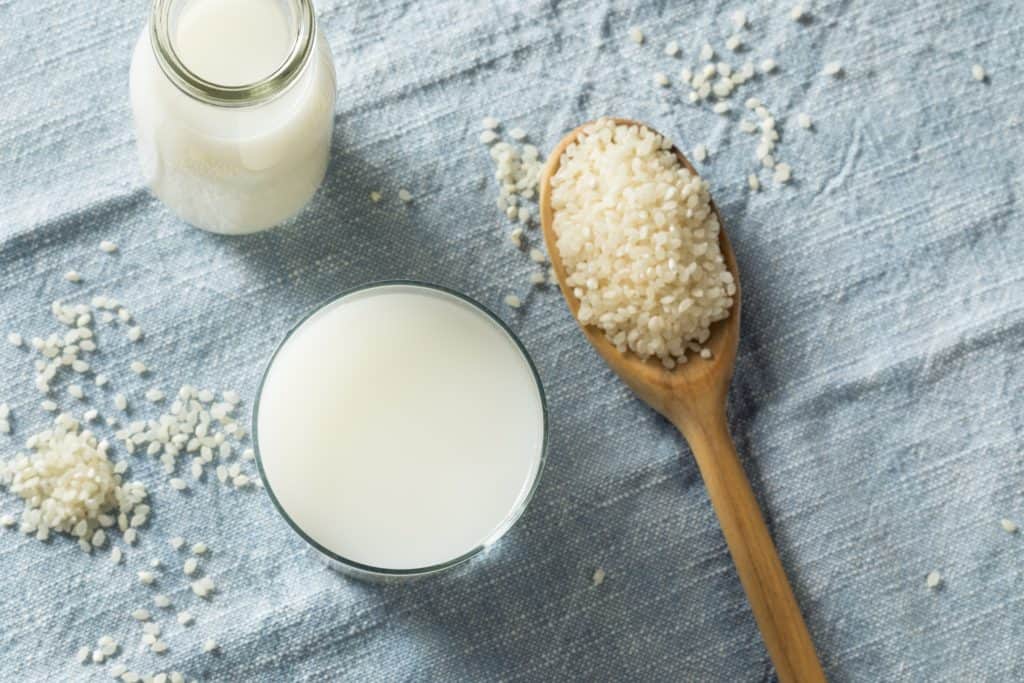
Rice Milk
Benefits and drawbacks
Rice milk is a hypoallergenic option that’s often free from common allergens like soy, nuts, and dairy. It’s also naturally sweet. However, it’s not as nutritious as other bases, as it’s low in protein and often not fortified with vitamins and minerals.
Best ingredients to pair with
Rice milk pairs well with a variety of fruits and is a good base for adding sweet flavors like vanilla or cinnamon. It’s also great for making dessert-like smoothies.

Green Tea
Benefits and drawbacks
Green tea is a low-calorie base that’s high in antioxidants, particularly catechins, which are known for their health benefits. However, it contains caffeine, which some people may want to avoid, and it’s not as creamy as other bases.
Best ingredients to pair with
Green tea pairs well with citrus fruits, berries, and herbs like mint. It’s also great with superfoods like spirulina or matcha for a nutrient-packed smoothie.

Coffee
Benefits and drawbacks
Coffee is a great base for those who want a caffeine boost. It’s also low in calories and high in antioxidants. However, it’s not suitable for everyone, especially those who are sensitive to caffeine, and it can make your smoothie taste bitter.
Best ingredients to pair with
Coffee pairs well with bananas, cacao, and nut butters for a breakfast or energy-boosting smoothie. It’s also great with spices like cinnamon or nutmeg.
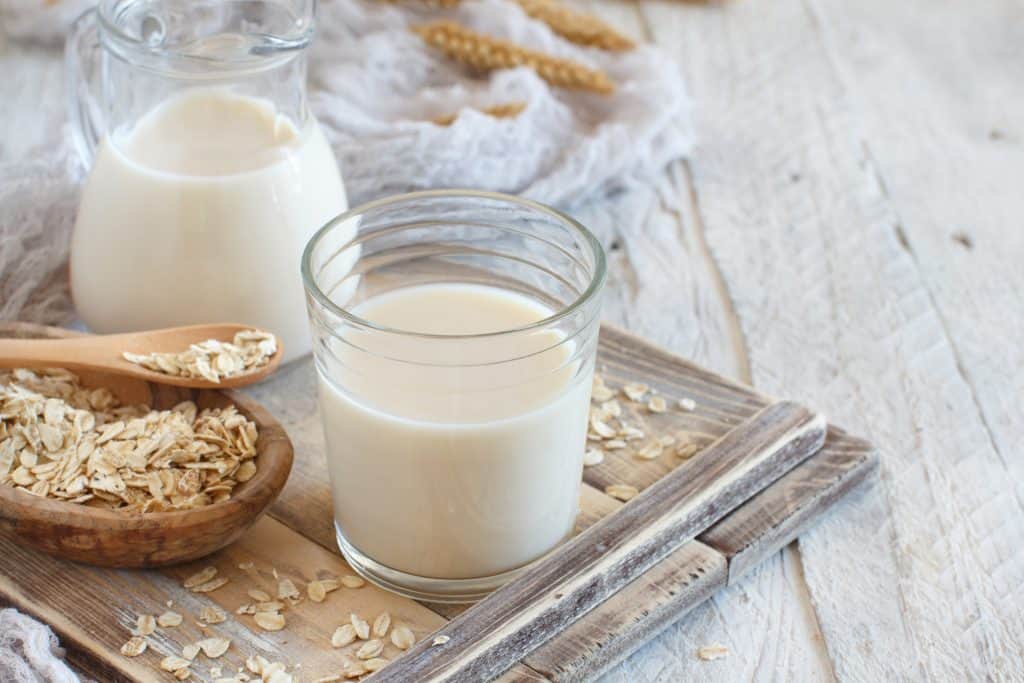
Oat Milk
Benefits and drawbacks
Oat milk is a creamy, dairy-free option that’s high in fiber and often fortified with vitamins and minerals. However, it’s often higher in calories and carbs than other plant-based milks.
Best ingredients to pair with
Oat milk pairs well with a variety of fruits, especially berries, and is great for making creamy, dessert-like smoothies. It’s also great with grains or seeds, like chia or flax.
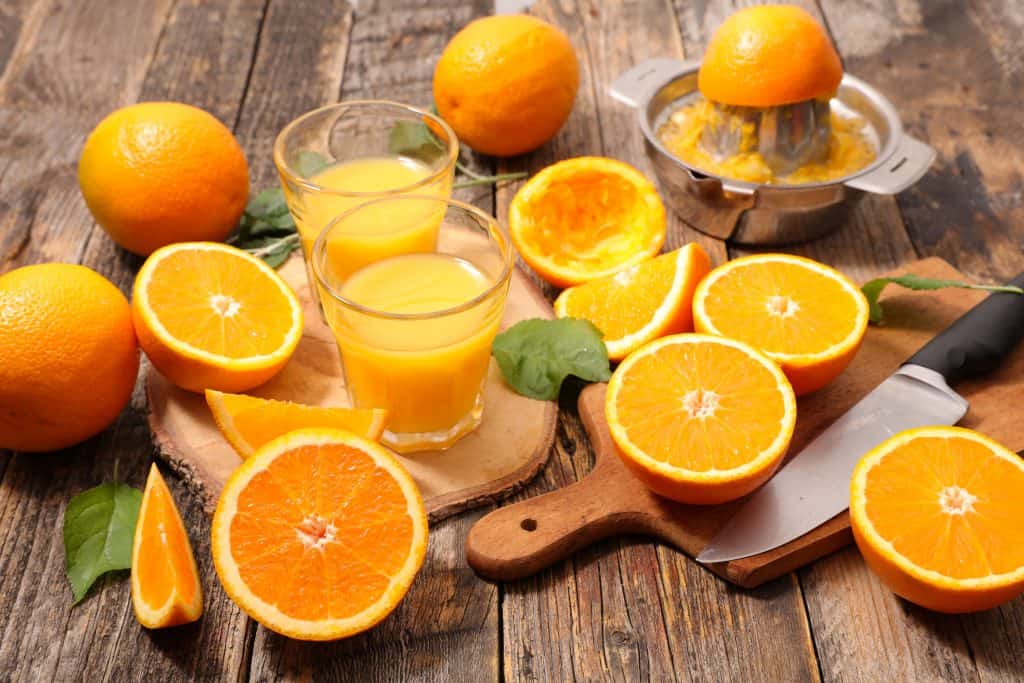
Fresh Navel Orange Juice
Benefits and drawbacks
Fresh navel orange juice is high in vitamin C and other antioxidants, and can add a lot of flavor and sweetness to your smoothie. However, like other fruit juices, it can be high in sugar and calories.
Best ingredients to pair with
Navel orange juice pairs well with a variety of fruits, especially tropical fruits and berries. It’s also great with greens for a vitamin-packed smoothie.

Black Tea
Benefits and drawbacks
Black tea is a low-calorie base that’s high in antioxidants and can provide a caffeine boost. However, like green tea, it contains caffeine, which some people may want to avoid, and it’s not as creamy as other bases.
Best ingredients to pair with
Black tea pairs well with fruits like peaches, berries, and citrus. It’s also great with spices like cinnamon or cardamom for a chai-inspired smoothie.
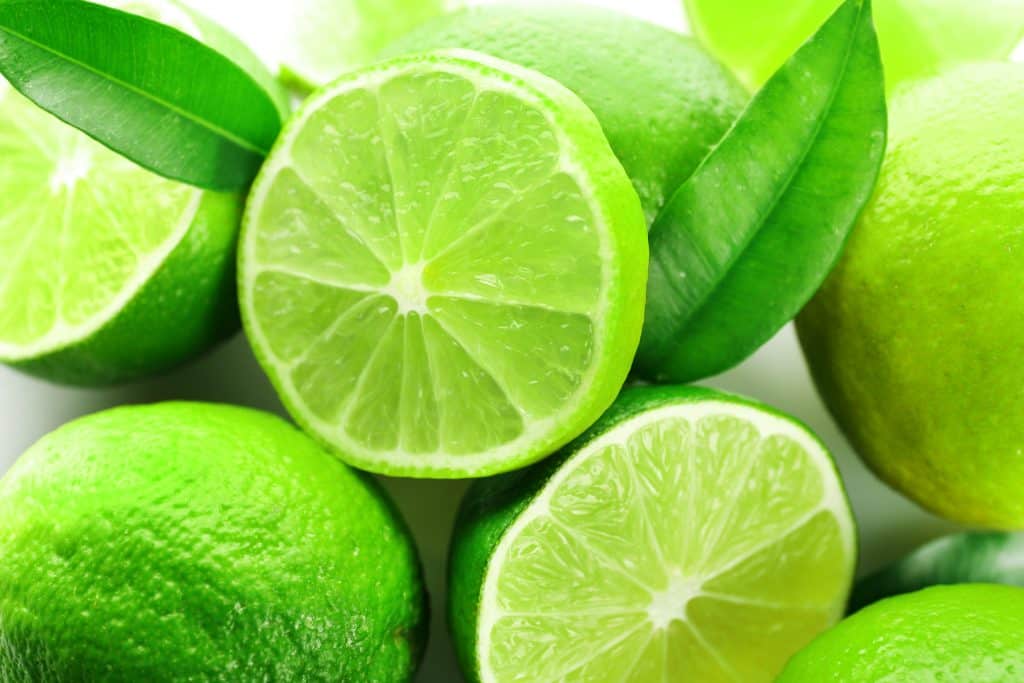
Lime Juice
Benefits and drawbacks
Lime juice can add a lot of flavor and vitamin C to your smoothie, but it’s also very tart and can make your smoothie sour if you use too much. It’s also not as creamy or filling as other bases.
Best ingredients to pair with
Lime juice pairs well with tropical fruits, berries, and herbs like mint. It’s also great with greens for a refreshing, nutrient-packed smoothie.

Carrot Juice
Benefits and drawbacks
Carrot juice is high in beta-carotene, a form of vitamin A, and can add a sweet, earthy flavor to your smoothie. However, it’s not as creamy as other bases and some people may not enjoy its distinct flavor.
Best ingredients to pair with
Carrot juice pairs well with fruits like apples, oranges, and pineapple. It’s also great with spices like ginger or turmeric for a nutrient-packed smoothie.
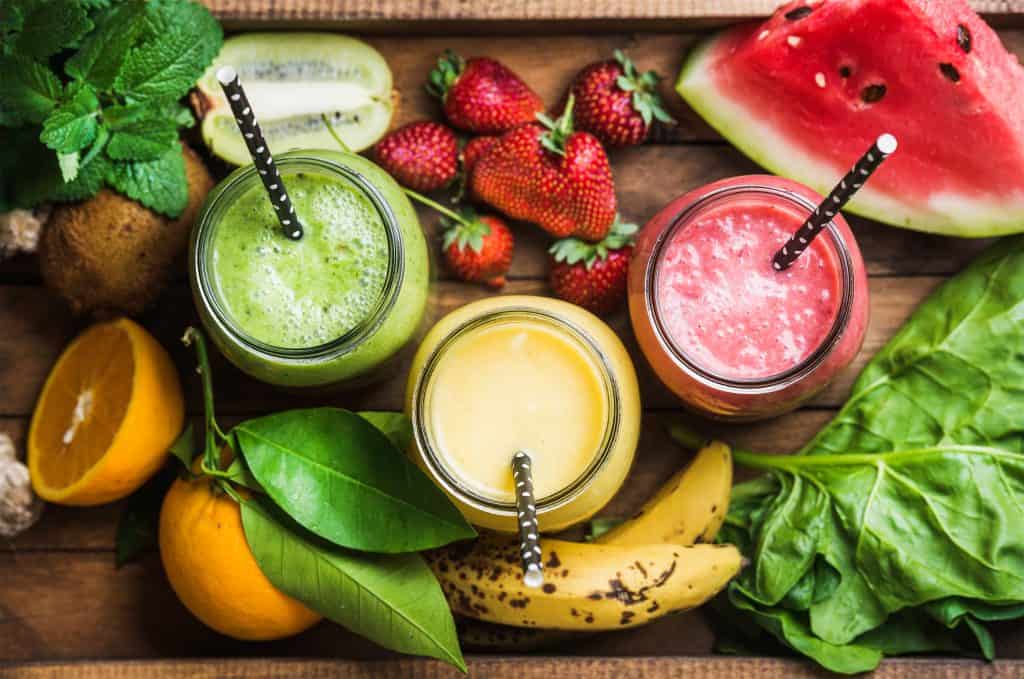
How to Choose the Best Smoothie Base for Your Next Smoothie
Choosing the right base for your smoothie can make a big difference in both the taste and nutritional content of your drink. Here are a few factors to consider when choosing the best smoothie base for your next smoothie:
1. Nutritional Needs
Consider what you want to get out of your smoothie. If you’re looking for a post-workout recovery drink, you might want a base high in protein, like milk or soy milk. If you’re trying to cut calories, a low-calorie base like water or green tea might be a better choice. If you’re looking for a boost of healthy fats, consider a base like coconut milk.
2. Dietary Restrictions
If you have any dietary restrictions or preferences, this will also influence your choice of base. For example, if you’re lactose intolerant or vegan, you’ll want to avoid dairy milk. If you’re allergic to nuts, you’ll need to avoid almond milk.
3. Flavor Preferences
Think about the flavor profile you’re aiming for. Some bases have a stronger flavor that can influence the taste of your smoothie. For example, coconut water or coffee can add a distinct flavor, while bases like almond milk or oat milk are more neutral.
4. Texture Preferences
The base you choose can also affect the texture of your smoothie. If you like your smoothies thick and creamy, a base like yogurt or milk can help achieve that. If you prefer a lighter, more juice-like consistency, a base like fruit juice or coconut water would be a better choice.
5. Health Goals
If you’re making smoothies as part of a health or weight loss plan, consider the nutritional content of your base. Some bases are high in sugar or calories, while others are low in nutrients. Choose a base that aligns with your health goals.
Remember, the best smoothie base for you is the one that meets your nutritional needs, fits within any dietary restrictions, suits your flavor and texture preferences, and aligns with your health goals. Don’t be afraid to experiment with different bases to find your perfect match!
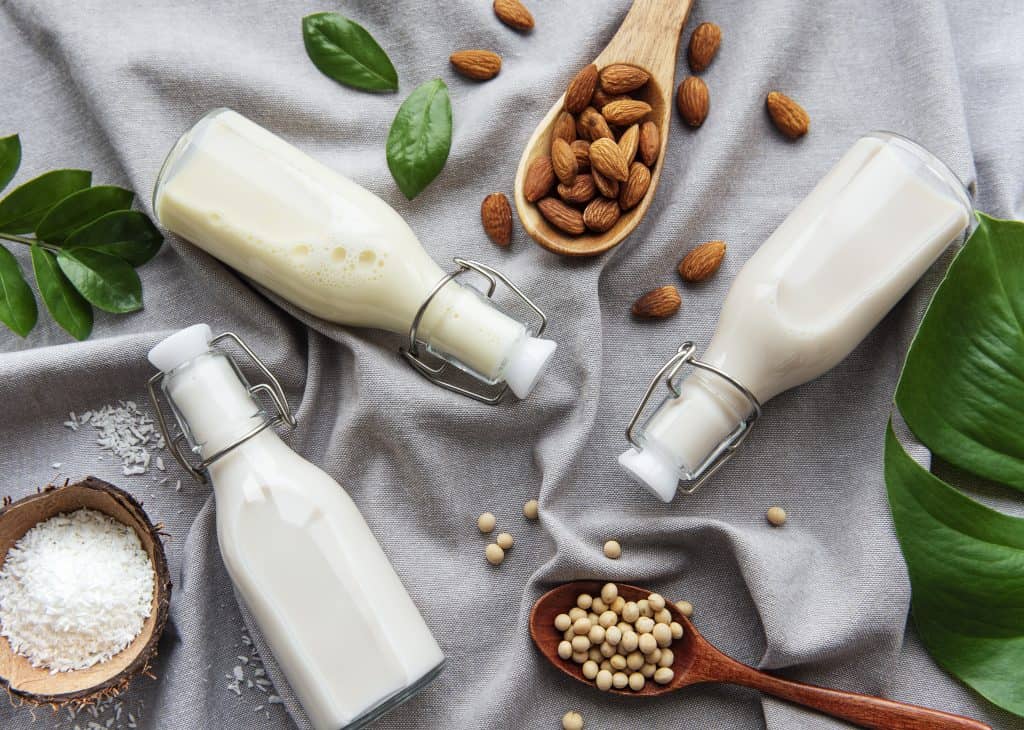
Comparing Smoothie Bases
A. Milk vs Juice as a Smoothie Base
When choosing between milk and juice as a smoothie base, there are several factors to consider, including nutritional content, flavor, and texture.
Nutritional Content: Milk, whether it’s dairy or a plant-based alternative, generally provides more protein than juice. It also often contains other essential nutrients like calcium and vitamin D. Juice, on the other hand, tends to be higher in sugars and may lack the protein and fiber that help to make a smoothie more satisfying.
Flavor: Milk tends to have a creamy, neutral flavor that can complement a wide range of smoothie ingredients. Juice can add a sweet or tart flavor to your smoothie, depending on the type of juice you choose.
Texture: Milk can give your smoothie a thick, creamy texture, while juice will typically result in a thinner, more refreshing smoothie.
B. Healthiest Liquid for Smoothies
The healthiest liquid for your smoothie depends on your individual dietary needs and health goals. However, in general, water, unsweetened plant-based milks, and green tea are often considered some of the healthiest options. They are low in sugar and calories, and can provide various nutritional benefits:
- Water: Hydrating and calorie-free.
- Unsweetened Almond Milk: Low in calories and high in vitamin E.
- Green Tea: Rich in antioxidants and can provide a gentle caffeine boost.
C. Rating Smoothie Bases from Healthiest to Least Healthy
Here’s a general ranking of smoothie bases from healthiest to least healthy, based on their nutritional content and other health factors:
- Water: Calorie-free and hydrating, but lacks the nutritional content of other bases.
- Green Tea: Low in calories and rich in antioxidants, but contains caffeine.
- Unsweetened Almond Milk: Low in calories and high in vitamin E, but not as high in protein as some other options.
- Other Unsweetened Plant-Based Milks (Soy, Oat, etc.): Nutritional content can vary, but generally a good balance of calories, protein, and other nutrients.
- Dairy Milk: High in protein, calcium, and vitamin D, but also higher in calories and may not be suitable for those with lactose intolerance.
- Coconut Water: Low in calories and high in electrolytes, but not as filling as other options.
- 100% Fruit Juice: Can be high in vitamins, but also often high in sugar and lacking in fiber.
- Coconut Milk: High in healthy fats, but also high in calories and saturated fat.
- Sweetened Plant-Based Milks: Similar nutritional benefits to their unsweetened counterparts, but with added sugars.
- Sweetened Fruit Juices: High in sugar and calories, and lacking in fiber.
Remember, the “healthiest” option depends on your individual needs and health goals. Always choose the base that best fits your dietary needs and taste preferences.
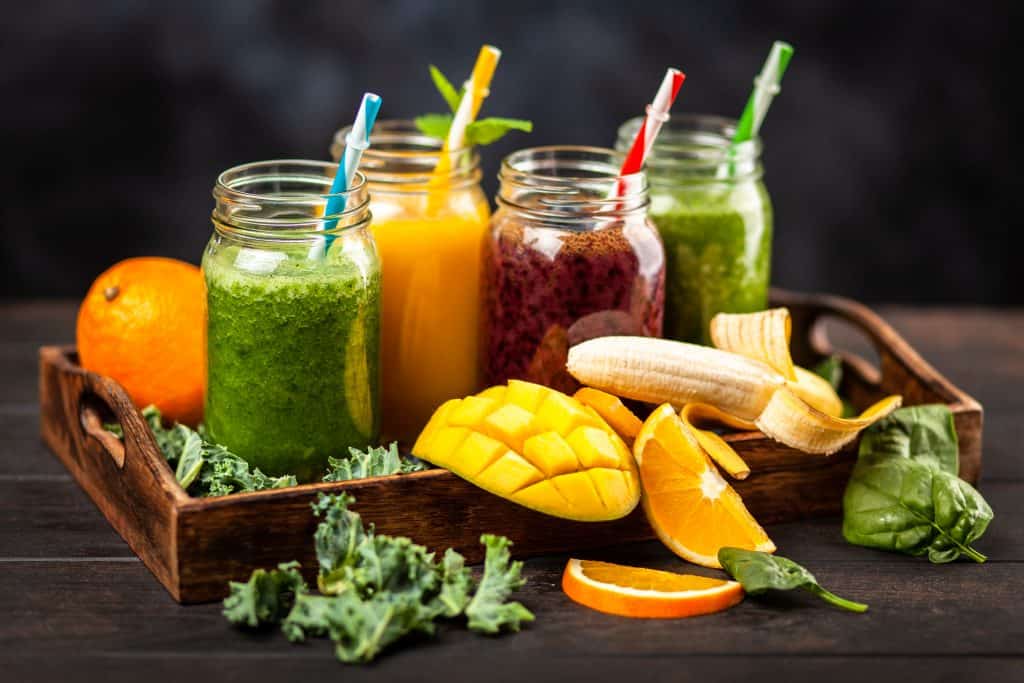
Tips for Making the Perfect Smoothie
A. How to Balance Flavors and Textures
Balancing the flavors in your smoothie can make the difference between a good smoothie and a great one. Here are some tips:
- Sweet: Most fruits will add natural sweetness to your smoothie. If you need more sweetness, consider adding a bit of ripe banana, dates, or a drizzle of honey or maple syrup.
- Sour: A splash of citrus juice, like lemon or lime, can brighten up your smoothie and balance out the sweetness.
- Bitter: Some healthy smoothie ingredients, like greens or certain types of protein powder, can add a bitter taste. Balance this out with sweet fruits or a bit of sweetener.
As for texture, the thickness of your smoothie can be adjusted by the amount of liquid you add. Less liquid will result in a thicker smoothie, while more liquid will make it thinner. Using frozen fruits or adding a handful of ice can also make your smoothie more thick and frosty.
B. How to Adjust the Thickness of Your Smoothie
The thickness of your smoothie can be easily adjusted:
- To make it thicker: Reduce the amount of liquid, use more frozen fruits or add ingredients that create thickness such as yogurt, avocado, chia seeds, or oats.
- To make it thinner: Simply add more of your chosen liquid base. You can do this gradually until you reach your desired consistency.
C. How to Avoid Added Sugar
Many smoothies contain a lot of added sugar, but it’s easy to make a delicious, naturally sweet smoothie:
- Use ripe fruit: Ripe bananas, mangoes, and peaches are naturally very sweet.
- Add natural sweeteners: If you need extra sweetness, try adding a bit of honey, maple syrup, or dates. These are natural sweeteners that also provide some nutritional benefits.
- Use sweetened base: If you’re using a base like almond milk or soy milk, opt for the unsweetened version to avoid added sugar.
D. How to Enhance the Nutritional Value of Your Smoothie
Boosting the nutritional content of your smoothie is easy with these tips:
- Add protein: Protein powder, Greek yogurt, or silken tofu can add a protein boost to your smoothie.
- Add fiber: Oats, chia seeds, or flax seeds can add fiber to help keep you full.
- Add greens: Spinach, kale, or other leafy greens can add a ton of nutrients without changing the flavor of your smoothie much.
- Add healthy fats: Avocado, nut butters, or chia seeds can add healthy fats to your smoothie, which can help keep you satisfied longer.
Remember, the key to a great smoothie is to experiment with different combinations and find what you enjoy the most.
Final Thoughts on Smoothie Bases
Choosing the right base for your smoothie is a crucial step in creating a delicious and nutritious drink. The base you select can significantly influence the flavor, texture, and nutritional content of your smoothie.
Remember, there’s no one-size-fits-all when it comes to smoothie bases. The best choice for you will depend on your individual taste preferences, dietary needs, and health goals. Whether you’re seeking a protein-packed post-workout recovery drink, a low-calorie refreshment, or a nutrient-dense meal replacement, there’s a smoothie base out there that’s perfect for you.
Consider the sweetness, creaminess, and overall flavor you want in your smoothie. Don’t be afraid to experiment with different bases and ingredient combinations. You might be surprised by what you enjoy.
Also, keep in mind the importance of balancing flavors and textures, adjusting the thickness to your liking, avoiding added sugars, and enhancing the nutritional value of your smoothie. These factors will all contribute to creating a smoothie that’s not only good for you but also enjoyable to drink.
Ultimately, the art of smoothie making is a personal journey. It’s about discovering what works best for you and having fun in the process. So, get blending and enjoy the journey to finding your perfect smoothie base!
See all our great smoothie recipes here!
Happy blending!
Amanda
